The 100x zoom fairy tale: smartphone focal lengths and optical zoom explained
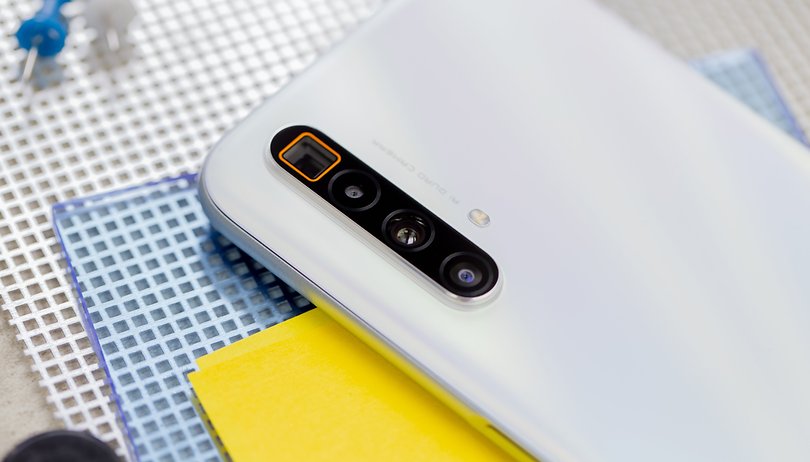

Smartphones equipped with optical zoom are very much in vogue today - as are the total fantasy values that manufacturers print on their advertising campaigns for maximum engagement. What does "100x" even mean under such circumstances? We investigate the question of focal lengths, zoom levels, and optical zoom in smartphones.
Contents:
- Basis: focal length and equivalent focal length
- What does optical zoom mean for smartphones?
- The 100x hybrid zoom and other fantasy claims
- Digital versus optical zoom: better than its reputation suggests
- Purchase tip: The best smartphone with optical zoom
Note: Since this article is very technical, you will find a short TL;DR (Too Long; Didn't Read) with the most important points at the end of each section.
Basis: angle of view, focal length, and equivalent focal length
In order to understand the degree of optical zoom that a smartphone actually offers, we will first need to take a look at the focal lengths. The focal length of a lens indicates the distance between the lens and its focal point. An optical system with a very long focal length therefore focuses the light to travel very far behind the lens. A long focal length therefore translates to a small angle of view - or, colloquially known as a "strong zoom".
Unfortunately, the focal length is not only related to the angle of view alone. The size of the image sensor that is located behind the lens also plays a very essential role. A smaller image sensor with the same lens would take a correspondingly smaller image section - and thus, achieve "more zoom".
Different sensor sizes for Smartphones
To calculate the image sensor in the equation and compare different cameras with each other, there is the so-called format or crop factor. The format factor is defined as "one" for a full-frame and/or 35mm sensor. The crop factor simply describes the ratio of the full format's diagonal measurement to the diagonal measurement of the respective image sensor.
If you multiply the actual focal length of an optical system by the crop factor of the image sensor, you end up with the focal length of the optical system in its 35mm equivalent. This also happens to be the most commonly found specification on the hardware sheets of smartphone manufacturers. This makes sense, as the equivalent focal length is directly proportional to the angle of view, and thus provides a comparable value across all smartphones and cameras.
Focal lengths and their angles of view
| 35mm focal length equivalent | Angle of view in diagonal measurement |
|---|---|
| 12 millimeters | 122.0 degrees |
| 24 millimeters | 84.1 degrees |
| 50 millimeters | 46.8 degrees |
| 85 millimeters | 28.6 degrees |
| 105 millimeters | 23.3 degrees |
Pro-tip:
Almost every camera stores all kinds of information about the settings used in the EXIF data of JPEG format photos. Here, you will always find the actual focal length, and never the focal length in its 35mm equivalent. This is exciting for those who love all the intricate details found in hardware specifications: If you know the equivalent focal length, the ratio to the actual focal length enables one to draw a reasonably accurate conclusion about the sensor size. While it is often not revealed in the hardware specifications, manufacturers are now revealing the ridiculously tiny sensors that their smartphone cameras carry underneath the hood.
TL;DR: In order to compare the "zoom" capability of different cameras, the focal length is given in the 35mm film equivalent - because it correlates directly with the angle of view. 24 mm in its 35 mm equivalent is the same for any camera.
What does optical zoom mean for smartphones?
A 35 mm focal length equivalent today defines exactly how large a certain object is imaged on the sensor at a certain distance from the camera. An optical zoom means the camera is able to realise different image angles or image sizes by varying the focal length.

In order to illustrate the focal length range or the flexibility of a lens, the ratio of smallest to largest focal length has become common in photography. An optical system with 25 to 100 millimeters has a fourfold optical zoom - or had, in this present age.
This is because the marketing departments of smartphone manufacturers have thrown all of the previous sacred conventions established in traditional photography out of the window. Instead, they pencil in some nonsense onto the specifications sheet. The main thing is for it to show a higher figure than the competition, and the unassuming customer falls for it and buys it. Right?
What does 30x optical zoom mean?
The first smartphones with dual cameras typically had double optical zoom - the focal lengths of the two lenses were about 25 and 50 millimeters. From there, progress arrived in the form of increasingly powerful telephoto sensors, and the double zoom eventually became a "5x" in the camera app. When the ultra-wide-angle lens found its way from LG smartphones into your everyday plethora of smartphones, the gigantic angle of view was described by virtually everyone as "0.5x" or "0.6x". In other words, it works as a quasi-0.5x zoom shooter when compared to the main camera.
The Samsung Galaxy S20 Ultra is a good example where it optically reproduces the equivalent focal lengths of 13 millimeters to 103 millimeters - and thus has an approximate eightfold optical zoom. Interestingly, this figure is nowhere to be found, and depending on your goodwill, it may be seen as sloppiness on the part of the marketing department - or as a deliberate, systematic dumbing down of the facts in order to entice potential buyers into buying features that simply cannot deliver what was promised on paper. Read our Galaxy S20 Ultra camera review to find out more.
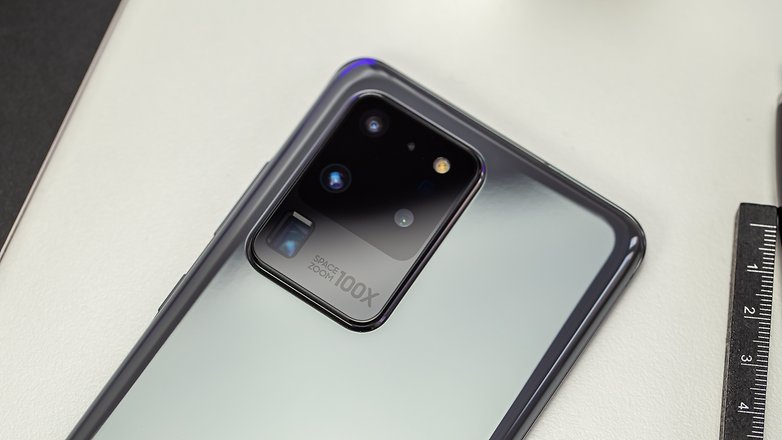
TL;DR: A triple optical zoom means that the longest focal length of the camera system divided by the smallest focal length gives exactly three. The Samsung Galaxy S20 Ultra has a native 4x optical zoom.
100x hybrid zoom and other fantasy claims
So where does the "100x" claim come from? The Samsung Galaxy S20 Ultra, for example, carries that statement so proudly on its marketing materials? In order to achieve 100x optical zoom, a smartphone would now have to cover a focal length range of 13 to 103 millimeters in its 35 mm equivalent - and if that were to actually happen, it would probably be extremely large in size and expensive.
The answer to the question of "where" the 100x comes from is simple: from the imagination of Samsung's product managers. In contrast to the optical zooms of "real" cameras, this "100x" has absolutely no relation to the optical capabilities of the camera system. Rather, Samsung decided to settle on some fantasy value as the upper limit for its camera.
After years of educational work by technology journalists who have actually burned the term "digital zoom", "hybrid zoom" or "space zoom" into our collective consciousness, the next catchphrase that is thrown around today would be "optical zoom". Regardless of the name, this means nothing else apart from it being plain old digital zoom that has achieved its maximum optical focal length.
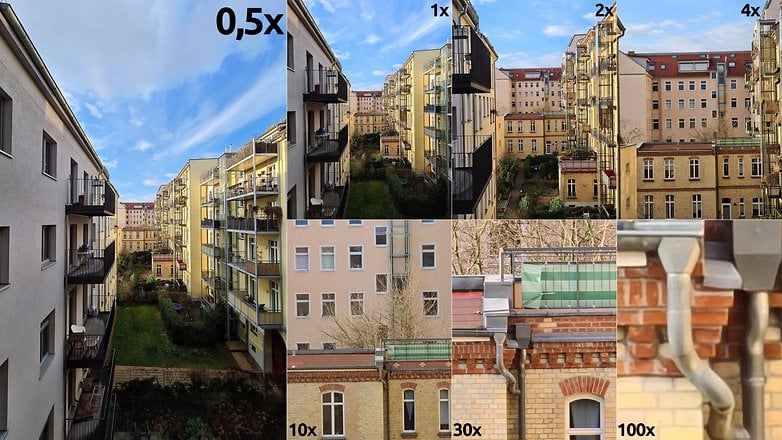
Whether there is a 60x, a 100x, or soon-to-come a 200x hybrid zoom in the specifications sheet, it does not say anything about the image quality. At best, it underlines the seriousness of the various smartphone manufacturers. If you really want to know how close a smartphone can zoom in while maintaining reasonable image quality, the following three values are important:
- The focal length of the telephoto lens in its 35mm equivalent.
- The image sensor used for this same telephoto lens.
- The speed of the telephoto lens.
The focal length of the telephoto lens in its 35 mm equivalent tells you how well the smartphone can zoom in on distant subjects via optical magnification. If the ratio between the fantasy magnification and optical magnification drifts too far apart, the phone will have to perform its zoom digitally - and the picture quality will definitely suffer.
This is where the image sensor used in the telephoto lens comes in: the larger the image sensor is, the more light it can capture - resulting in better image quality. A very large image sensor not only provides better photos when optically magnified through the lens - it also offers more room for digital zoom.
Last but not least, the light intensity or aperture of the telephoto lens plays a role. The aperture describes how much light the sensor can let in for the photo. Generally speaking, the more light, the less noise and the less risk of camera shake happening. This is especially so on telephoto lenses on smartphones that tend to suffer from notoriously weak lenses.

These three aspects can be seen in the specifications sheet. Together with the notoriously difficult-to-quantify quality of the camera algorithms, they are largely responsible for the image quality.
Read more: Smartphone camera aperture guide: What does F1.7 actually do?
Digital versus optical zoom: better than its reputation suggests
From the three points above, however, there are also cases in which a digital zoom can be superior to its optical counterpart. With the Samsung Galaxy S20, for example, there was much outcry in the tech sphere when the camera was put through its paces. Samsung advertised the smartphone with a "3x Hybrid Optical Zoom". The 64-megapixel "telephoto lens" actually only has a 1.06-times optical zoom compared to the main camera, with the remaining 2.94 times being hybrid zoom that relies on digital magnification. While this can be considered to be a bold marketing move, it is also rather naive - and it backfired rightly.
While the potential uproar was foreseeable, the digital zoom in the Samsung Galaxy S20 is probably better than many other optical zoom options. That's because the 64-megapixel sensor is really large with 1/1.72 inches and offers a surface area of about 40 mm2. If we were to divide the sensor into nine rectangles of equal size and consider the middle area as an independent sensor, we'll end up with the 1/4.4 inch sensor that Huawei relies on their now-aged P20 Pro in terms of sensor size. This makes it worth taking a closer look.
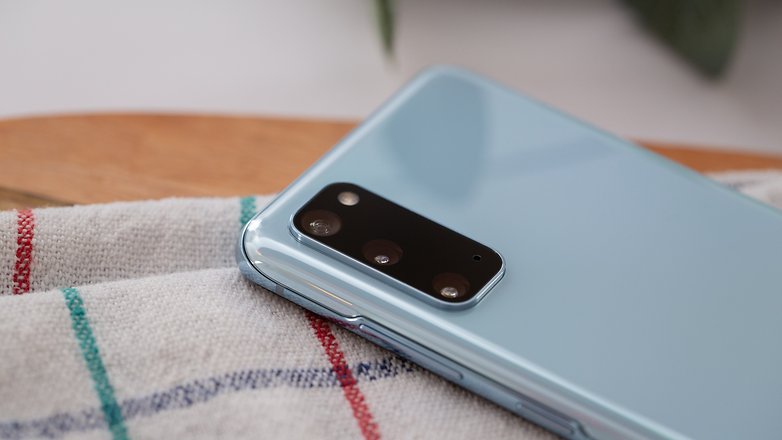
TL;DR: A very large sensor with digital zoom can deliver better results than a tiny sensor with optical zoom. The sensor is the deciding factor. In most cases, however, optical zoom will have an advantage.
Read more: Exmor, Isocell & Co.: Why smartphone image sensors are so important!
Purchase tip: The best smartphone with optical zoom
Which smartphone has the best optical zoom? Our previous tests actually point to the Samsung Galaxy S20 Ultra, which was panned above.
However: This has nothing to do with the 100x zoom claim in the specifications sheet. In fact, Samsung has a built-in image sensor that is large enough which allows it to captures enough light despite the narrow aperture. By the way, you don't need to expect usable photos at 100x magnification - from about 10x on, the fun is over, the rest is a laughable effort at best.
If you are really looking for an all-rounder when it comes to smartphone photography, then you better have a look at the following article.
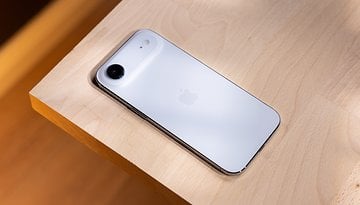
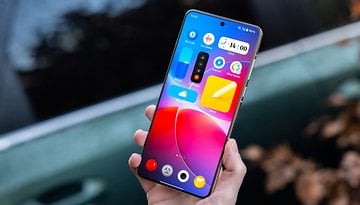
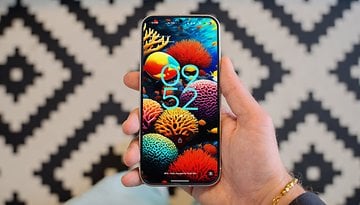
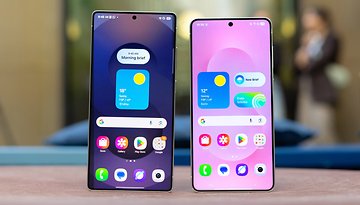


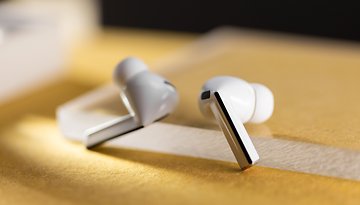

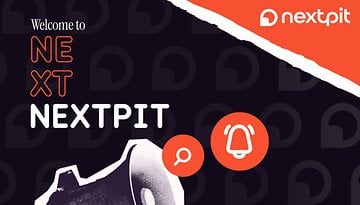

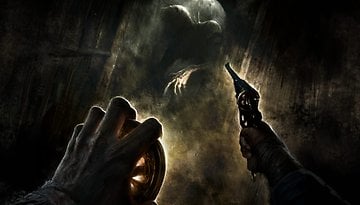


-
Admin
Jul 2, 2020 Link to commentVery well explained. Still not convinced. A real camera is better